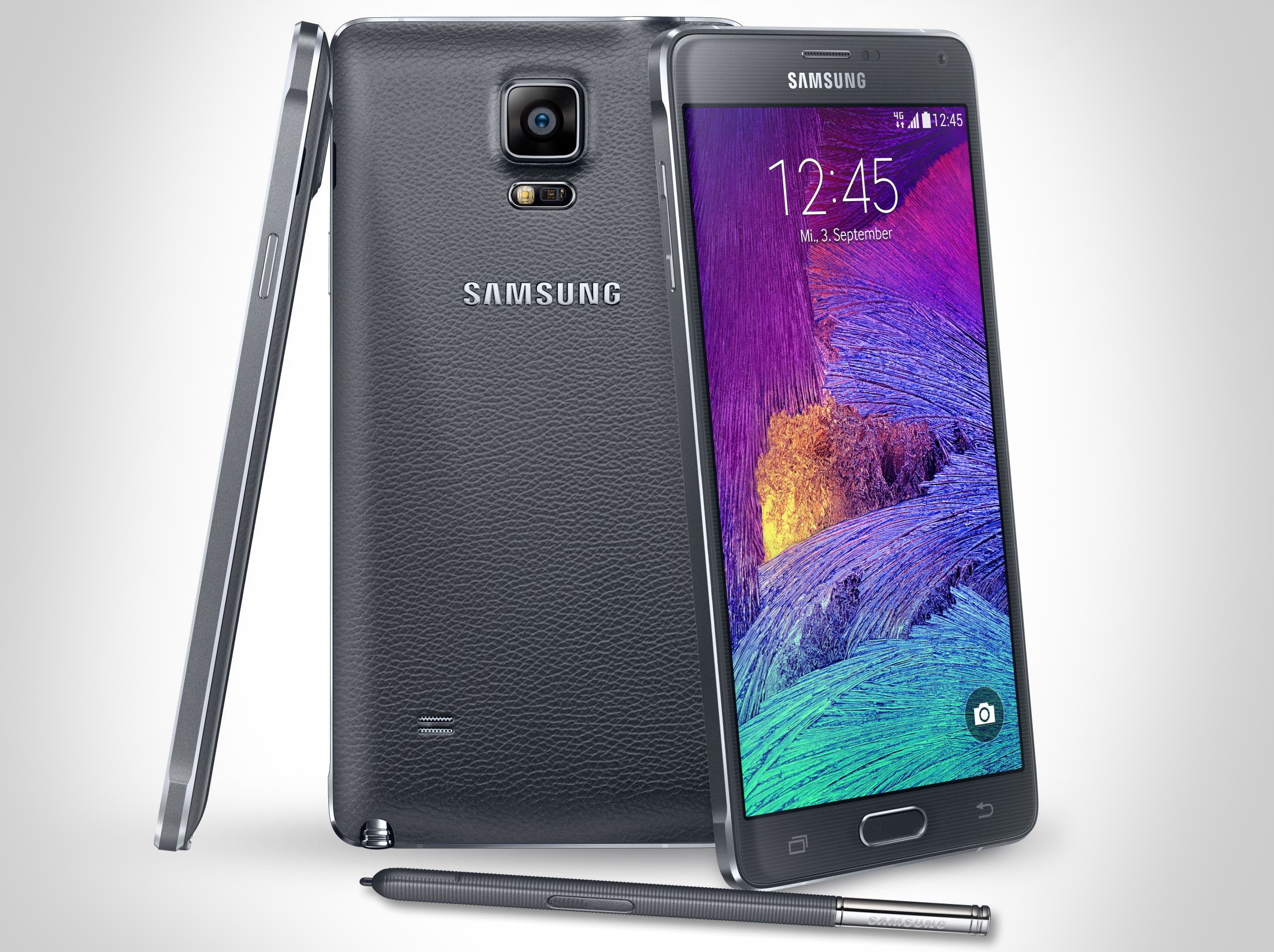

Though thicker than the 16.3mm of Series 9 of today, it was revolutionary in a laptop market saturated with thick, bulky products.
#Samsung notebook Pc#
Samsung PC wanted to differentiate themselves by focusing on a thinner, lighter, laptop so it could truly achieve its goal of portability.Ģ000: Important Milestone – The Sens Q S760 was a hit, being the slimmest 14inch laptop, only 21 mm, at the time of release. Since Samsung PCs full-scale entrance into the laptop business in 1990, it has always strived towards technology and design that could achieve a thinner and lighter laptop. Samsung Laptops: The never-ending quest to be thinner and lighter The target consumer is someone who spends a lot of time on-site or out in the field. It is able to withstand 3 to 5 times the pressure of an average laptop, which can typically only tolerate 200 to 300kg of pressure. Thanks to its internal pressure/impact protection design, the HDD, LCD, and main board function without a problem even after a 1000kg object is dropped on it from a height of 76cm. Before smartphones became mainstream, Samsung PC developed products capable of mobile computing with cooperation from a number of top telecommunication companies around the world.Ģ011: The Stronger the Better – This year, Samsung released the Series 6 which can withstand 1000kg of pressure for business-to-business sales.

#Samsung notebook full#
Despite its technological superiority and innovation, the high cost and the as-of-yet immature online media content market prevented the M70 from reaching its full potential.Ģ006: Laptops Go Wireless, Fast – Wi-Max was integrated into a notebook PC for the first time with the Sens Q35 Notebook, released commercially in South Korea and Russia, while in February of 2011 the X460 Notebook featuring 4G LTE was commercialized with support from TeliaSonera, a Swedish telecommunications company. Tablet PCs were just a figment of someone’s imagination at this time, but you can see the idea might have been born in the M70. When docked to the station, the Q760 would be like a full PC while when separated, it’s more mobile.Ģ005: A Removable Screen – The M70 Notebook was introduced with its extraordinary ability to remove the 19inch LCD screen and connect it to a monitor. This device allowed external connection of audio, CD, floppy disk and hard disk drives. The keyboard’s revolutionary ergonomic design drew a lot of attention and it became the Time Magazine’s Editor’s Choice Product for the month of July.Ģ002: Easy Access to Media – The Sens Q760 became the first laptop computer to integrate a media docking station. Though similar designs existed in desktop form, it was a first for laptops. Samsung’s first PC, the 8bit SPC-1000 Desktop Computer would be considered an electronic typewriter by today’s standards.ġ996: Innovations in Keyboards – The Sens 810 Notebook was released featuring the curved butterfly keyboard, designed to expand for easier typing. But still, the significance lies in the fact that the computer was actually produced, and Samsung did not miss an opportunity even then. It was around this time that IBM and Apple were both starting their PC businesses, so Samsung was seen as something of a clone. Initially, the Samsung PC was a branch of the home appliance department. Samsung PCs: Innovations in design and developmentġ983: Samsung’s First Computer – As an extension of their home appliance production, Samsung began the manufacture of computers in March. But undaunted, through persistence and hard work, Samsung, being a market leader in semiconductors and LCD panels, has shown that the ability to self-sufficiently plan, produce, and sell were key factors in their success.Ĭheck out this quick historical timeline to see how far Samsung has come! Though innovative aesthetic design is one factor in Samsung PC’s success, the company initially met challenges expanding to the global market. There are many reasons behind Samsung PC’s extraordinary growth. Not satisfied, Samsung set a goal of 10 million laptop sales and 3 years later in 2010, they achieved that goal. Back in the late 1990s Samsung sold a mere 100,000 laptops, but 17 years later in 2007, they sold 1.5 million. With growth rates topping 70-110% for the past 3 years, Samsung PC is growing faster than all the other major players in the PC industry. It seems unbelievable, but Samsung’s PCs are already in their 28th year. It’s so astonishing to think of all that has happened in the past few decades, especially in regards to technology.


 0 kommentar(er)
0 kommentar(er)
